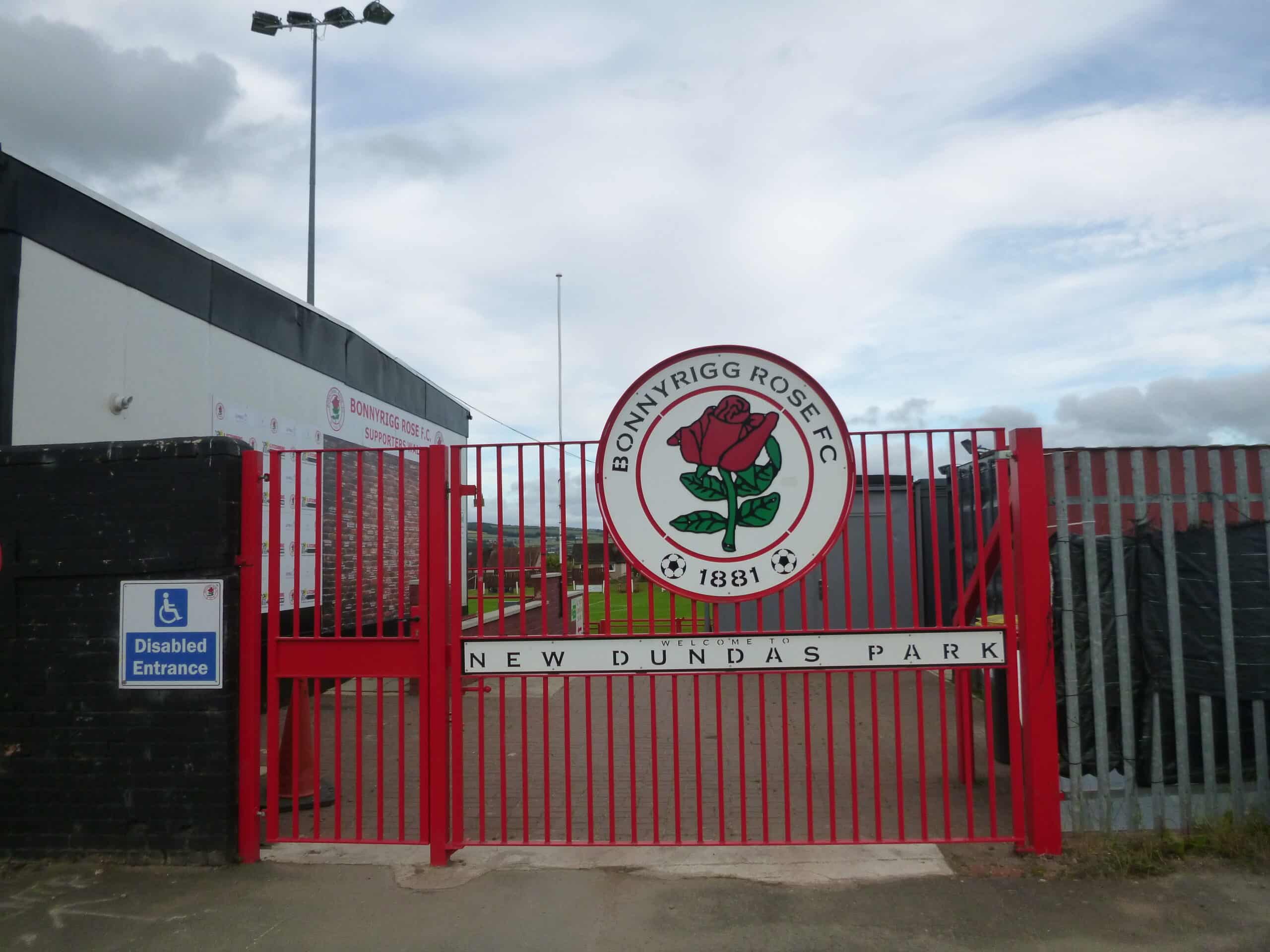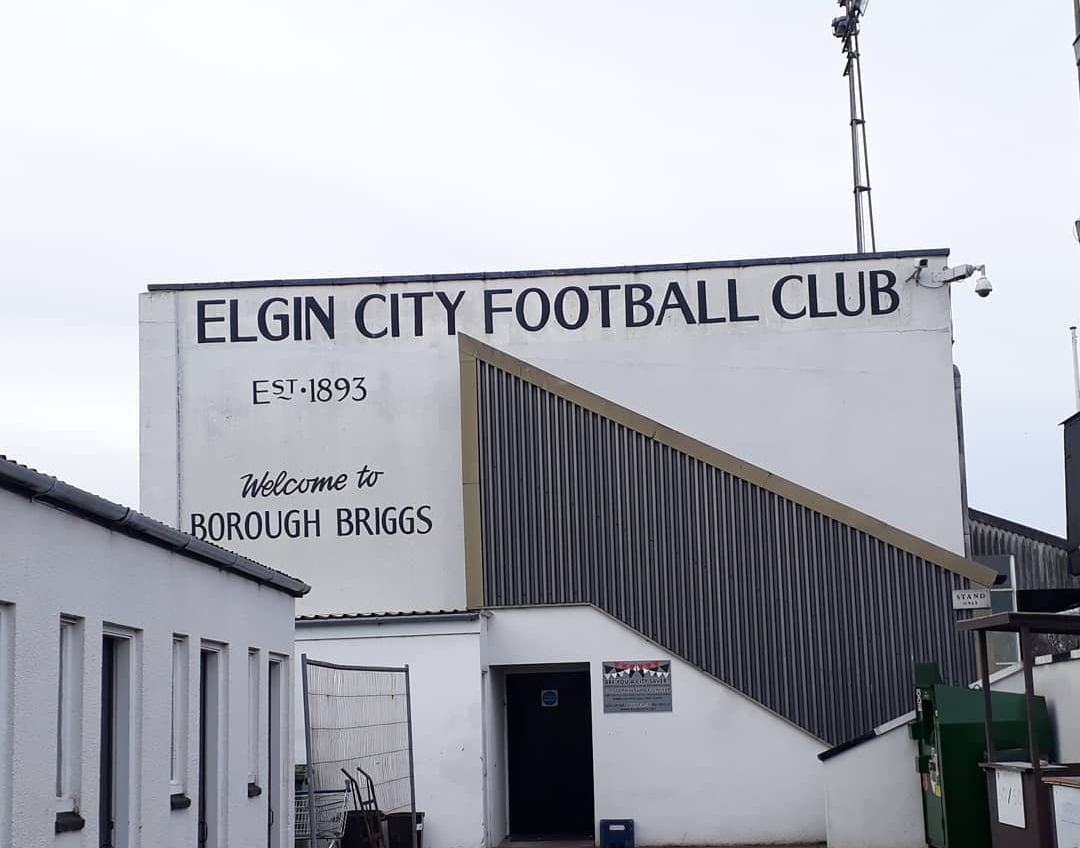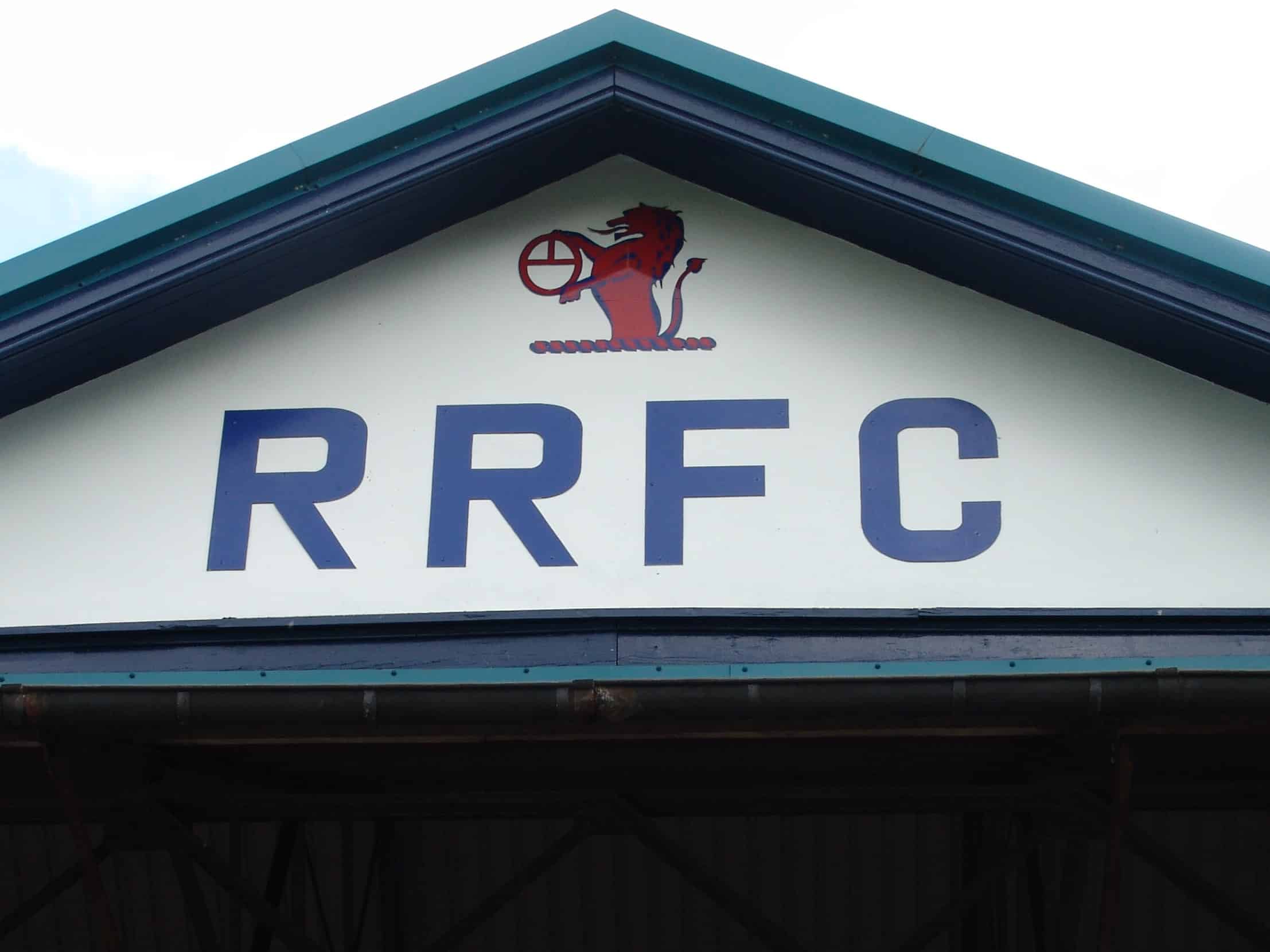A fan’s guide – the club from early doors to today
Scottish Cup winners in 2015, Inverness Caledonian Thistle made the final again in 2023 – but as a Championship side. Last in the top flight in 2017, ICT have come a long way since 1994, when they were formed with the specific intention of gaining Scottish League status.
An amalgamation of century-old Highland League rivals Caledonian FC and Inverness Thistle, the new club started life as a Third Division outfit with a 5-2 win over Arbroath. A first full league derby against local rivals Ross County ended in a 3-1 win for Caley over the Beauly Firth in Dingwall.
Both former Highland League clubs impressed in their debut seasons, later climbing the divisions around the same time. The Highland Derby became a regular fixture of the Scottish League season.
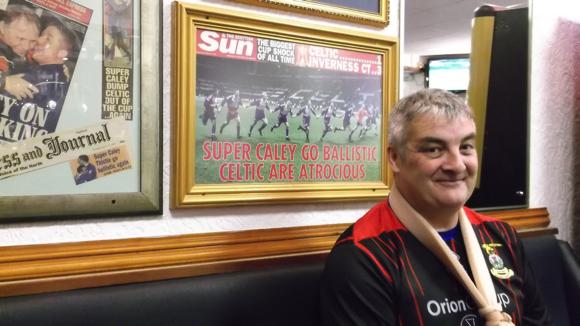
Having contributed nearly £1 million to a new stadium – its construction a stipulation by the Scottish League in 1994 – Inverness District Council insisted on adding the city name to Caledonian Thistle in 1996. Moving from Caledonian’s former ground of Telford Street Park, Inverness Caledonian Thistle duly won the Third Division shortly afterwards in 1997.
ICT only needed two seasons to reach the second-flight Division One, though league status had little to do with the historic events at Celtic Park on February 8, 2000. Long-term manager, Highlands-born Steve Paterson, led his team to a famous 3-1 victory over Celtic in the cup. Paterson may have later ruined a potentially stellar managerial career in drinking binges and gambling, but this was, in his words, ‘the night Inverness arrived in Scottish football’.
Some 4,000 ICT fans witnessed midfielder Paul Sheerin create one goal and score another. The next morning, the Sun headline Super Cally Go Ballistic Celtic Are Atrocious sealed the club’s immortality. A copy of the famous back page is mounted in the bar of the ICT Social Club.

Three years later, Super Caley repeated the feat, beating Celtic 1-0 to reach the Scottish Cup semi-final. Disappointment over the late, single-goal victory by Dundee at Hampden was assuaged by the following season by a first-time promotion to the Premiership.
Barry Wilson, a scorer that Super Caley night at Celtic Park in 2000, sealed the historic 3-1 win over St Johnstone that brought top-flight football to… Aberdeen. For their first season with the big boys, Caley Thistle had to play their first home games at Pittodrie until their own Caledonian Stadium was rapidly upgraded. Local construction firm Tulloch was added to the stadium name after completing the expansion so quickly.
Gaining gritty Premiership victories under Craig Brewster, including a legendary 3-2 win over Celtic (again!) with ten men in 2007, Caley Thistle suffered a poor run of form in 2008-09. Incoming manager Terry Butcher couldn’t prevent his side going down but led Caley Thistle straight back up again.

Bringing in several unsung players from south of the border, some still at ICT today, Butcher made Caley a Premiership force to be reckoned with. In former Northampton forward Billy Mckay, he found a prolific striker who won caps with Northern Ireland the same season his goals nearly gained Caley Thistle a European place in 2012-13. Attacking midfielder Andrew Shinnie was also called up by Scotland.
Butcher was duly snapped up by Hibs. In came John Hughes and within weeks, ICT had beaten Hearts on penalties in the 2013-14 Scottish League Cup semi-final. With Caley Thistle’s first major final goalless, Mckay missed one of the penalties in the shoot-out won by Aberdeen.
A year later, an ICT team still half-comprised of Englishmen beat Celtic 3-2 in the semi-final of the Scottish Cup. Against Falkirk at Hampden, Lewisham-born Marley Watkins opened the scoring but it was former Kidderminster midfielder James Vincent who got the vital late winner when Caley Thistle were reduced to ten men. A captain’s performance by Graeme Shinnie, brother of Andrew, also won the day.
Caley Thistle were enjoying the best period in the club’s short history. Also finishing a record third in the Premiership, Caley Thistle embarked on a debut European campaign in 2015-16, a narrow defeat to Astra Giurgiu in the Europa League.

If you had to come up with a destination more obscure for Caley Thistle‘s first international adventure, you’d have been hard pressed to find a more unlikely place that the Stadionul Marin Anastasovici, set between a cemetery and the grey border that separates Romania from Bulgaria deep in the Balkans.
Here, a few intrepid Highlanders clustered in one corner of the stadium knowing that their team needed to reverse a 0-1 first-leg scoreline in Inverness – itself probably no less forbidding to Astra fans, to be fair.
In the end, despite the reward of two games with West Ham in the next round, there were no goals and Caley Thistle were out of Europe before they had even begun.
There was worse to follow the next season when Caley Thistle finished rock bottom of the Premiership and sank down to tier two – where the club has stayed ever since. Earning a play-off place under returning Hearts legend John Robertson in 2019, Caley Thistle were swatted aside by Dundee United at the final hurdle.

Prevented by the pandemic from trying again in 2019-20 despite lying in second, Caley Thistle lined up a Premiership play-off showdown with St Johnstone in 2022 after winning through against Partick Thistle and Arbroath. The semi-final with the Smokies was a tight affair, settled on penalties after 210 goalless minutes and two red cards for Inverness in the second leg.
With ex-Scotland striker Billy Dodds in charge, in the play-off final Caley Thistle held St Johnstone at home to 2-2 thanks to a brace from Reece McAlear, but were brushed aside by four second-half goals in Perth. Returning to Inverness from rivals Ross County, approaching veteran status, Billy Mckay hit the goals that pushed Caley Thistle past Kilmarnock and Falkirk to reach another Scottish Cup final in 2023.
This time there were no heroics, although Celtic struggled to put daylight between themselves and the underdogs at Hampden. A winless start to 2023-24 led to Dodds’ departure and the return of Duncan Ferguson to Scottish football after nearly three decades. The Everton legend inspired an uptick in Caley Thistle‘s league form while relying on goals from the ageing Mckay.
Ground Guide
The field of dreams – and the story behind it
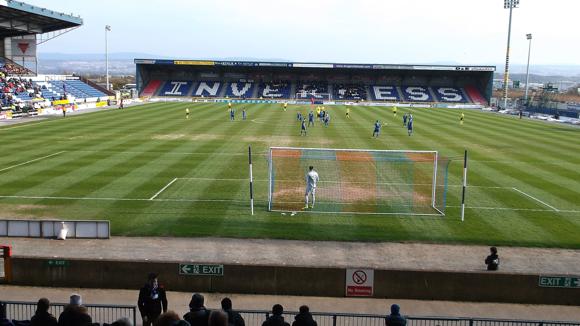


Unveiled in 1996, the Caledonian Stadium was built as part of the agreement for the newly formed Caledonian Thistle to join the Scottish League two years before.
From 1994, the merged Inverness Thistle and Caledonian FC had been playing at Telford Street Park, home of Caledonian since the 1920s, while a site and funding were being arranged for the new ground.
The location proved dramatic, backdropped by the Moray Firth, crossed by the Kessock Bridge that carries Scotland’s longest road, the A9. Finance was not so straightforward. Even with the sale of Telford Street Park and Kingsmills Park, former home of Inverness Thistle, there was still a shortfall of nearly £1 million, eventually made up by Inverness District Council.
With the club now called Inverness Caledonian Thistle, the 5,000-capacity Caledonian Stadium witnessed their rise up the divisions until promotion to the Premiership in 2004. With too few seats to accommodate top-flight football, ICT temporarily moved to Aberdeen’s Pittodrie while local construction firm Tulloch built two new stands in under seven weeks.
Today, the Caledonian Stadium holds nearly 8,000. The new stands house home fans at the North or Bridge End, away supporters provided dramatic views of the waters across to North Kessock from the South End. The club offices are in the two-tier Main Stand, with its windshields to protect against the chilly gusts coming off the Moray Firth. The open West Stand opposite is usually closed.
getting here
Going to the ground – tips and timings

There is no regular city bus between town and the stadium tucked inside the Moray Firth. Match-day shuttle buses are laid on from Inverness bus station at Farraline Park, adjacent to the train station, from 45mins before kick-off and back after the final whistle.
Buses are also laid on from prominent bars, most notably from the ICT Social Club at 28 Greig Street, tickets £3.
Those making the 20min walk from the city centre should stick to the signposted route from Longman Road through the industrial estate to avoid having to cross the A9 road.
The sat nav code for the Caledonian Stadium is IV1 1FF. The car parks (£2) at each end can fill quickly. The Old Town Rose Street car park by the bus station at Farraline Park (IV1 1NQ) charges £3 for 4hrs and is open 24/7. Pay by cash or card upon exit. From there, the match-day shuttle bus runs to the stadium.
getting in
Buying tickets – when, where, how and how much

Tickets are available from the club shop (Mon-Fri 9am-4pm, match days from 10am) at the stadium, on 01463 222 880 (same office hours) or online.
Advance prices (up to 3hrs before kick-off) are £22 in the Main Stand and £20 at the home and away ends. Seniors and students are charged £17/£15, 16-21s £14/£12, under-16s £8 anywhere in the ground, also on match days. Match-day purchases otherwise carry a £2 levy. Note that discounted tickets for 16-21s are only available in advance and in person.
what to buy
Shirts, kits, merchandise and gifts

The ICT club shop (Mon-Fri 9am-4pm, match days from 10am) stocks the current home shirt, three thin red stripes with black tramlines, collars and cuffs on royal blue, as well as away tops in a somewhat discombobulating combination of orange with red squares across the torso, in a tilted waffle pattern. Collar and cuffs are royal blue.
Books by club historian Ian S Broadfoot also feature, including Going Ballistic! and Milestones & Memories. You’ll feel the use of the branded woollen hats, scarves and gloves to protect against the biting wind from across the Moray Firth.
Where to Drink
Pre-match beers for fans and casual visitors

There are no bars at or around the ground, so fans tend to meet at the Innes Bar, on the stadium side of town, an easy, quick and simple taxi journey away. Framed Caley Thistle shirts line the wall over the pool table and regulars lined up to get their photos taken with the Scottish Cup here in 2015.
Match-day buses are also laid on from the excellent ICT Social Club at 28 Greig Street, just over the Ness from the city centre. This is footballing hospitality as it should be.

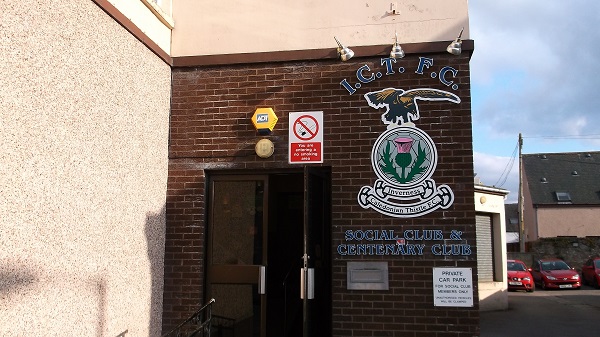

Neutral visitors are welcome to mingle with home and visiting fans, and watch televised early and late kick-off games from both sides of the border. Note also the framed Sun back page that created the Super Caley legend in 2000.
There are no supporters’ bars at the ground itself but outlets for food and drink around the Main Stand.











